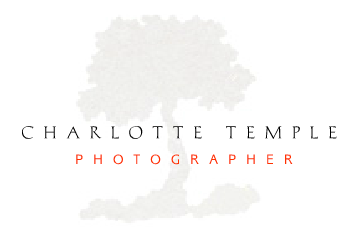Charlotte Temple started her work in China thirty years ago, in 1985. The country had begun to enter the modern era, and it was clear that change would be rapid. It was also clear that it would come unevenly. At that time Shanghai or Beijing were starting to sprout new hotels—somewhat modern—but traveling a hundred miles west would take her back in time, perhaps to a place as it had been a hundred years ago. A journey of a thousand miles into the interior would often bring her into cultures living much as they had a thousand years ago. Fascinated by the beauty and the contradictions of the country, she began this photographic project—to document both the present and the disappearing cultures, sights—which she continues today.
The project has taken her to remote corners of China, where she continues documenting the lives and many cultures of both the majority Han Chinese and its minorities. Change comes ever faster to China, and the work becomes more pressing with the incursions of freeways, fast trains, and ever better communications.
This work spans the years 1992 to 2015. China has 54 minorities, from the Kazaks and Muslim Uighurs of China’s northwest to Tibetan lands, through China’s center to its east coast, and to the south. This show encompasses the areas in Guizhou and Guangxi Provinces in the southeast. Its minority tribes—Bouyei, Miao, Yi, Dong, and others share rich traditions and a beautiful, if difficult, landscape. For many years the miracle of Chinese growth did not reach these areas. Remote and insulated from change, they largely continued an ancient way of life.
Today, with the building of new roads and the migration of the young to the burgeoning cities, the villages are seeing more of the wealth of China. Young people who have gone to the cities not only send money home to their families; they want a new house to return to and a better standard of living for themselves and their children. While the photographer laments the disappearance of the beautiful old villages and old customs, the harshness of the old way of life is giving way to a new freedom and the intrusions—finally—of modernity.
Photographer's Note:
Many of these pictures have only been possible through the generosity of my Miao family, who opened their village home and gave their friendship and assistance to me.
The Liu family is a large one, with several sons, one of whom assisted for fifteen years the friend who originally introduced me to China. Liu Qin has been my guide and my Chinese son through much of China, “Mama”, who appears in many of the photographs here, is a tiny, work-hardened woman but a formidable matriarch, beautiful in spirit and form.


